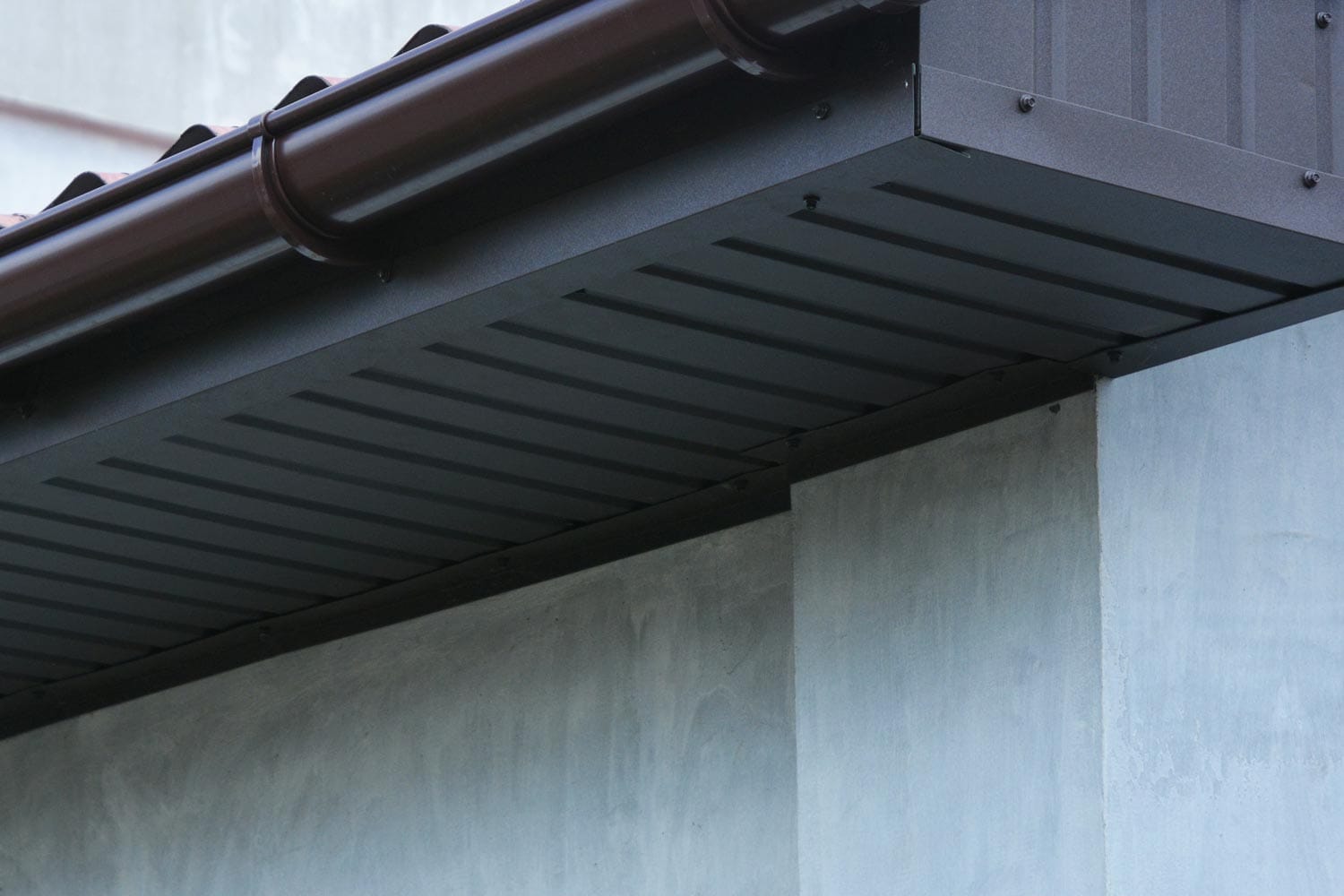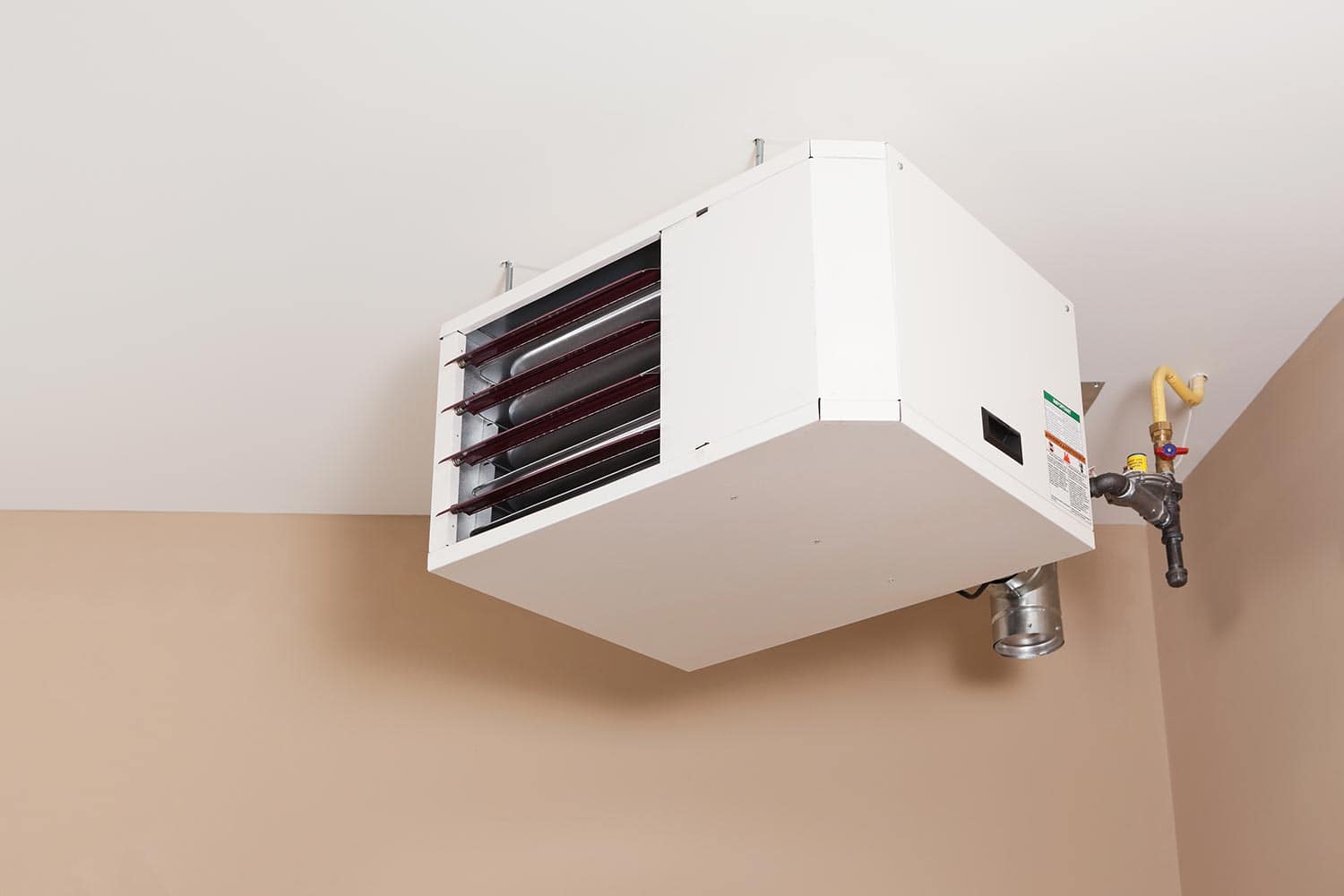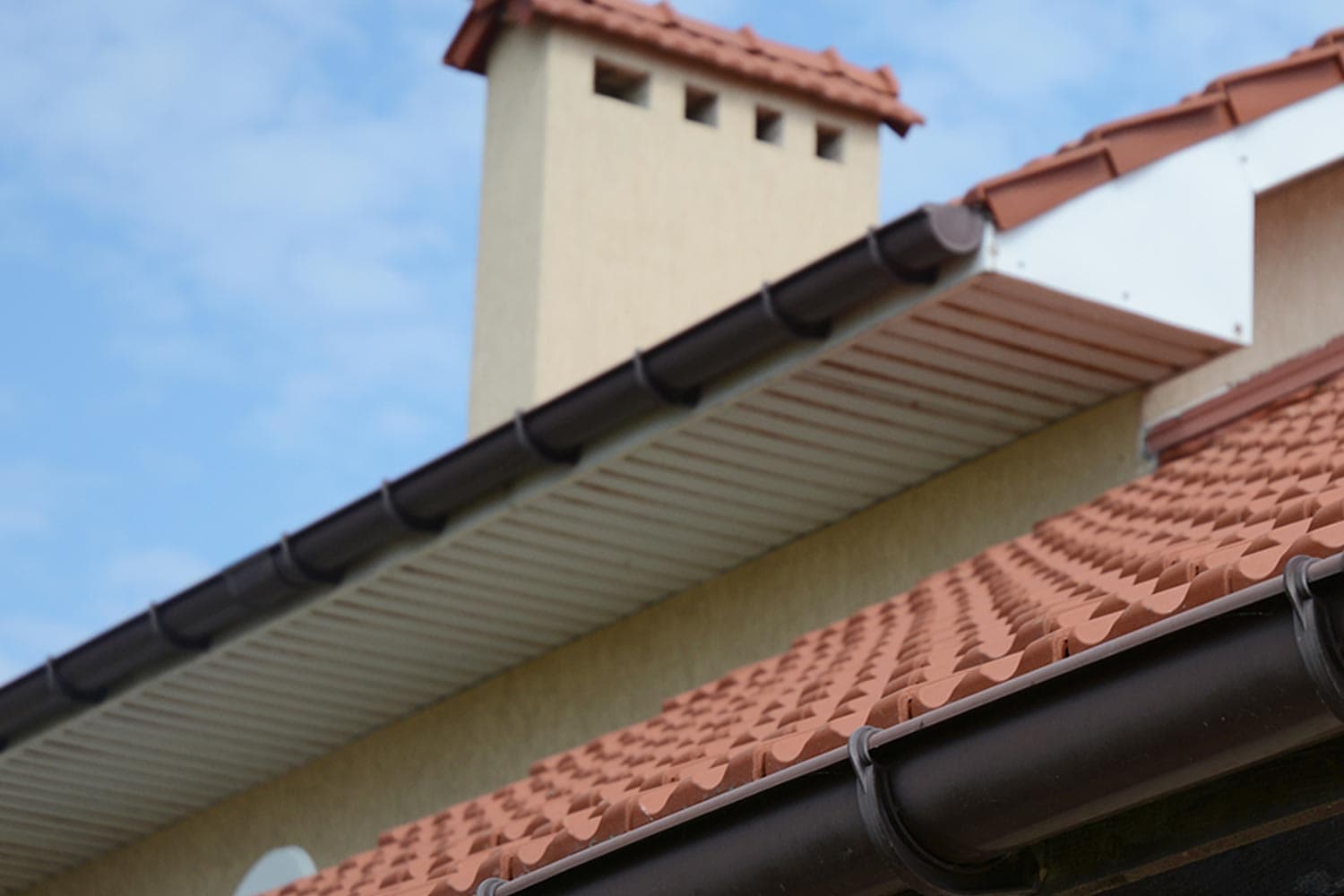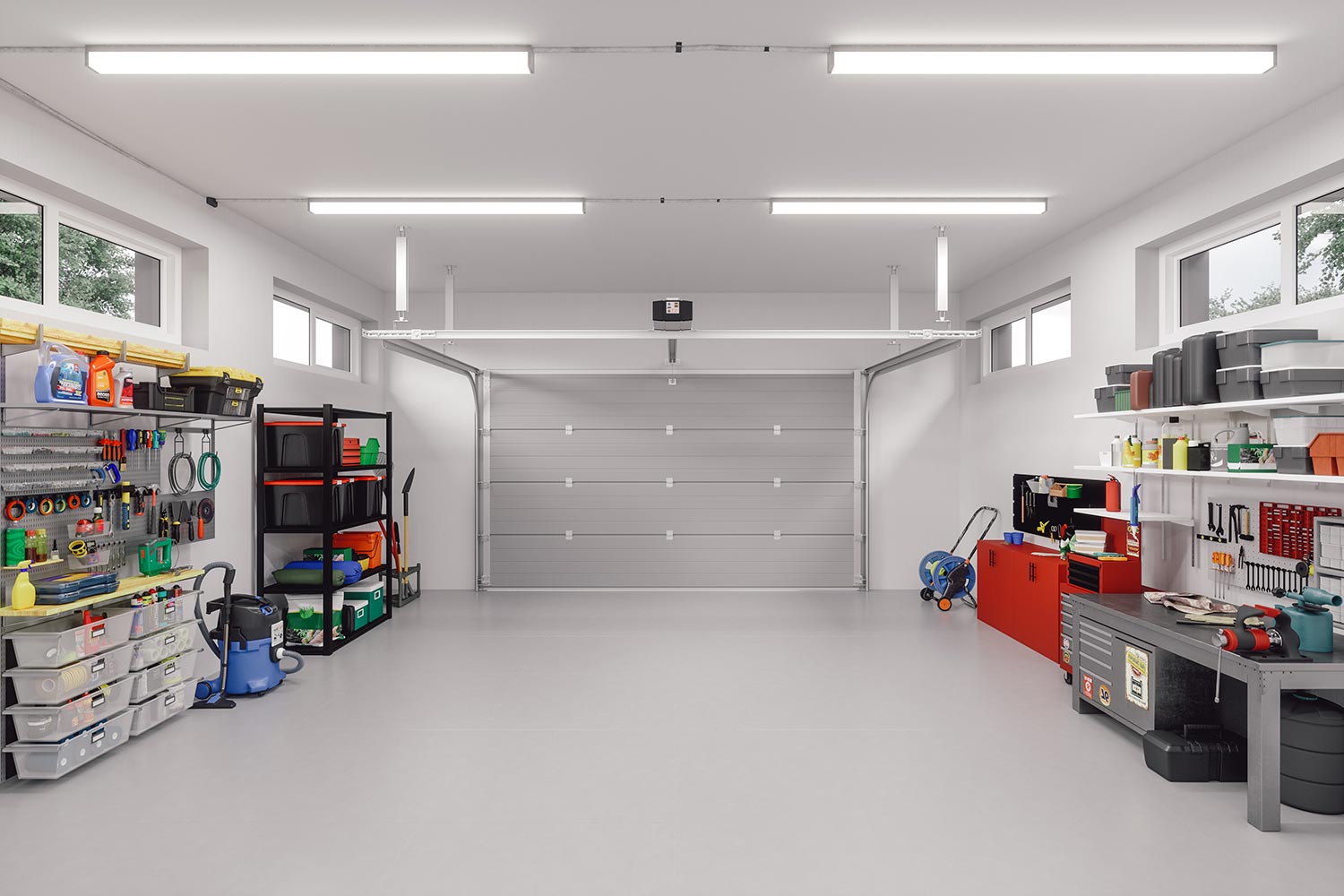The building or updating of a home requires much attention to detail. For example, you may have never thought about ventilation in your garage before, but now it's a topic heavy on your mind. Are soffit vents needed in your garage, or not? We've done the research to answer this question.
According to the ASHRAE [American Society Of Heating, Refrigeration, and Air Conditioning Engineers] and IRC [International Residential Code] building codes, soffit vents are not required in most residential garages.
However, there are a few exceptions to the rule that should be considered when building or updating a garage.
So now you know that soffit vents are generally not necessary in a garage. But when are they needed? We'll discuss this in more detail and list the exceptions to the rule. Keep reading to learn more.

Using Soffit Vents For A Garage
Soffit vents are incredibly effective for helping to create comfortable, safe living spaces. In some cases, this could include the garage. Here's what a soffit vent is and how it functions.

Soffit vents are intake vents. They are strategically placed on the underside of a home's eaves, where the roof overhangs. Holes are cut into the underside of the eaves, and soffit vents are installed. These vents pull in cool air from the outdoors and deliver the air to the attic space.
Take a look at this continuous soffit vent on Amazon.
Hot and humid air accumulates in the attic at the highest point of the roofline. So soffit vents are usually accompanied by other roof vents such as ridge or turbine vents. These release the hot air, while the soffit vents deliver cool air.
Garages are one area in which soffit vents may either be required for reasons of safety or simply just desired by a homeowner. We'll discuss these reasons further.
When Ventilation Is Not Required
In typical residential garages, ventilation of any kind is not required per the American National Standard Institutes and ASHRAE Technology Council. This includes soffit vents.
Why is this? Garages are considered utility rooms. Utility rooms are not areas in which people are expected to live in. They are expected to be used for storage, such as parking a car.
Because of this, ventilation is not usually required. Suppose no one will be living in the area. In that case, there is no need to worry about whether the area is being adequately ventilated to prevent the everyday dangers of mold, mildew, exhaust illness, and heat exposure. This is even true if the garage is attached to the home.
When Ventilation Is Required
If you are building a new home with an attached or detached garage that is simply to be used as a utility space, you most likely don't need soffit vents.
Or, if you are updating an older home, you may have noticed that ventilation is not currently present in the garage. All of this is perfectly acceptable in most cases, but there are some exceptions. We'll discuss them here.
Heating Or Cooling Extended To Garage
Perhaps you would like to extend your heating and cooling system to your garage, to make the space more comfortable in the summer or winter. Or maybe this has already been done to your existing home in the past.
If you have a heated or cooled garage, you will also need ventilation in the area. This will include air return vents for the system and garage attic ventilation, such as soffit and ridge vents.
Garage attic ventilation will prevent damage from hot air rising and condensation. It will also prevent the build-up of gases.
HVAC Unit In Garage

Sometimes a hot water heater or furnace will be installed in a garage. In this instance, ventilation in the area is necessary.
This is for two reasons - to ventilate heat and exhaust fumes. All furnaces and hot water heaters release exhaust fumes. While this is normal and typically safe, without proper ventilation, it could cause those in the area to become ill. So, adequate ventilation in the area is vitally important.
Another consideration is heat. These machines create and release heat into the area surrounding the unit, and hot air will rise and accumulate. If the hot air is not ventilated correctly, it could pose a fire risk.
Occupied Area
Another situation where ventilation would be required is if your garage is no longer being used as a utility room. Utility rooms are primarily used for storage. They are not occupiable spaces per the IRC (International Residential Code), and they typically are not fully insulated. In other words, they are not "lived in."
Suppose your garage is no longer used as a utility room and instead will be made into an extension of the home's occupiable spaces. In that case, this is an instance in which ventilation is necessary. This ventilation may include soffit vents.
This will keep the area more comfortable for those inhabiting the space. But more importantly, it will ensure that the area is safe to live and breathe in.
Other Reasons You May Want Soffit Vents

Even if there is no reason for soffit vents to be required in your garage, there are still a couple of reasons to consider adding ventilation to this area of your home. We'll discuss those here.
Comfort And Safety
Maybe your garage is used primarily as a utility room, but you could spend a lot of time in this part of your home regardless. Perhaps you enjoy working on vehicles, woodworking, or tinkering with electronics, and the garage serves as your workspace for these hobbies.
Soffit vents will aid in keeping the garage more comfortable while also ensuring that the area is safe for you to work in.
To Lower Energy Costs
You may have found that the garage seems to trap air, especially in the hot seasons of the year. If your garage is attached to your home, this could pose a problem.
The garage may make your home warmer and drive up energy costs as your HVAC system works to keep the home cool. If you suspect that this is an issue, you may find it worth the time and money to install soffit vents.
What Are The Different Types Of Ventilation Options For A Garage?
While soffit and roof vents are very effective, they aren't the only type of ventilation that could be used for a garage. One of the most common ventilation options for a utility room is an exhaust fan.
Take a look at this wall-mounted exhaust fan on Amazon.
These fans are often mounted on the wall or a garage roof. When turned on, they are powerful and work to pull hot air and fumes out of the area.
Another type of ventilation for a garage is the wall or garage door vent. These are simple vents that stay continuously open, allowing air to freely leave or enter the area.
Check out this wall vent on Amazon.
Does A Vent In The Garage Cool The House?

Vents in a garage will not directly cool the house. However, the vents will aid in keeping an attached garage or shared attic space cool. This will, in turn, help keep temperatures down in the occupiable spaces of the home.
In Conclusion
Determining when soffit vents are needed or preferable for a garage is not often as simple as it seems. They are usually not required, especially if the garage is used primarily for storage.
However, there are exceptions to the rule, such as a furnace or water heater being housed in the garage. In addition, soffit vents may be desired by those who would like their garage to be more comfortable or to help lower energy costs. We hope all of this information has been helpful to you.
Want to learn more about roof ventilation? Visit these related posts:




Wonderfully explained ..Thank you for sharing an informative article..